Which cymbals does a drummer need?
The three standard cymbals that you are almost certain to find on every drumkit are the hi-hat cymbals, the crash cymbal and the ride cymbal. While the crash cymbal – with its explosive sound – is mainly used for accents, for example after fills, the pair of hi-hat cymbals and the ride cymbal are there to provide a continuous rhythmic accompaniment, in the form of drum grooves. What's special about the hi-hat is that it can be played both with your foot and with your drumsticks, giving you a wide variety of ways to play. The ride cymbal is usually played by striking the surface with the tip of your drumsticks. The bell in the centre of the cymbal provides an especially clear, penetrating ringing sound. Depending on its weight class, a ride cymbal can also be "crashed", i.e. struck on the edge.
The two hi-hat cymbals are mounted on the hi-hat stand, which is equipped with a foot pedal as standard. The ride and crash cymbals are mounted on separate cymbal stands, which are either straight or fitted with a boom that will allow you to alter the playing angle.
Which cymbals are suitable for beginners?
Most drummers, when they are starting out, begin with an all-round cymbal set, usually comprising a 14" hi-hat, a 16" crash, and a 20" ride. When you buy one of our complete sets, you're already fully equipped to take your first steps – or swing your first sticks – on the drumkit. As you progress, your initial cymbal set can be expanded by adding additional elements, or individual components can be replaced with higher-quality cymbals.
What material are cymbals made of?
Most drum cymbals are made of B8 bronze (92% copper, 8% tin) or B20 bronze (80% copper, 20% tin). For inexpensive entry-level models, manufacturers also use brass (which is copper and zinc) or nickel silver (brass, with the addition of nickel for a silver finish).
There are two distinct methods used in cymbal production: Cymbals that are made of B8 bronze (also called malleable bronze), as well as those made of brass and nickel silver, are machine-pressed into shape from round, pre-cut metal discs. Further processing is also largely carried out by machine. However, there are also elaborate, artisanal B8 cymbals, such as the legendary Paiste 2002 series, which are increasingly popular with professional players.
The method used to make cymbals with the much harder B20 bronze (also called bell bronze) is very different. The process originates from Turkey, the motherland of cymbal forging, and is still practised today. First, the blanks are cast; this is followed by several stages of rolling, with the cymbal repeatedly heated and cooled in between. After the cymbal has been stamped to give it its central bell and the rim has been cut into a round shape, a cymbal-smith will then begin the process of hand hammering and lathing it to the desired material thickness.
Which cymbals sound best?
B8 cymbals made by machine have the advantage of tonal uniformity: If a B8 cymbal is found to be defective, or suffers ordinary wear and tear, it can easily be replaced with one that sounds almost identical. Depending on their price point, B8 cymbals will often sound "straighter", sometimes with fewer harmonic overtones. This may actually make them easier to play for inexperienced drummers.
B20 cymbals are said to have the wider frequency spectrum, with a fine, warm finish; each cymbal will also have a more individual sound. Well-known brands and series are, for example, the Zildjian K series and A-Custom line, the Paiste Formula 602 cymbals, the Sabian HHX models and the Meinl Byzance series. For real cymbal freaks searching for the ultimate sound, cymbals made of B20 bronze are the gold standard, so to speak. Bear in mind, however, that most manufacturers' handmade B20 cymbals will sound slightly different, even within the same series or designation. Incidentally, the brand Zultan offers very affordable B20 models that are handmade in Turkey.

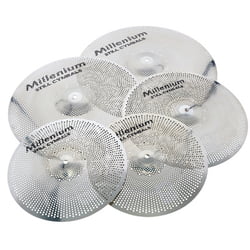
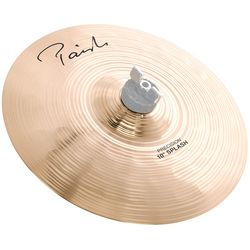
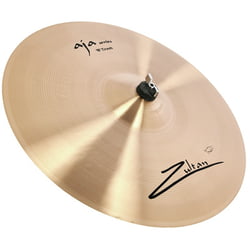
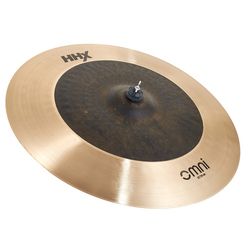
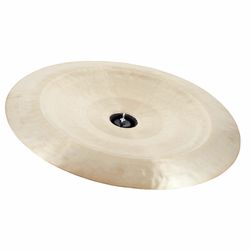
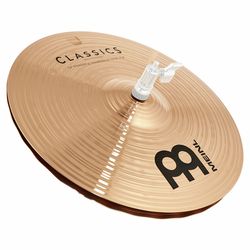
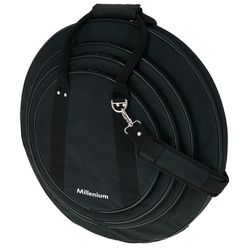
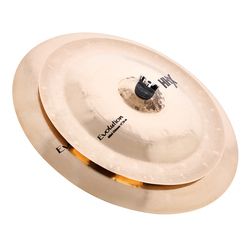
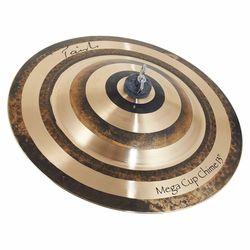
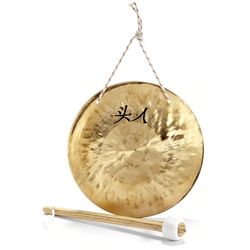
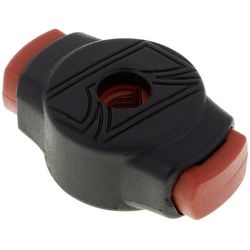


)
)